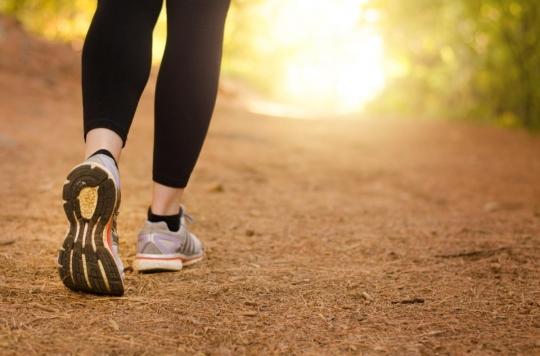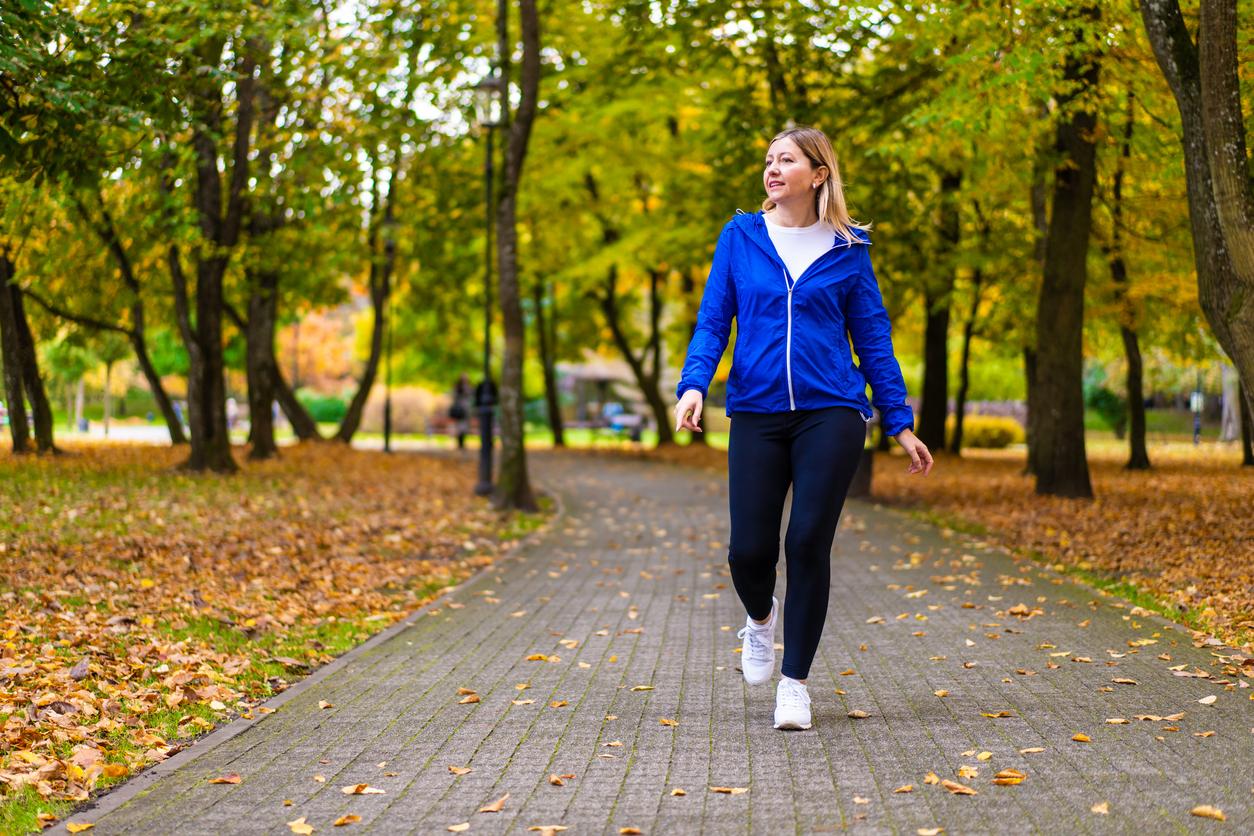Our body is constantly adapting so that our walk is as energy efficient as possible.

- Walking requires almost half of our muscle mass.
- A 70 kg person consumes about 300 calories for one hour of walking at 6 km/h.
- An exoskeleton is an armature operating through a biomechanical or sometimes motorized system.
We are thrifty beings, without knowing it! Our daily activities make us expend energy, so our body adapts so that this consumption is minimal. This is particularly the case for walking: whether it is a hike in the mountains or a walk to work, our steps are always adjusted so as to consume the least energy. possible. Researchers at Queen’s University, located in Canada, have taken an interest in this phenomenon in order to better understand it. Their results were published in the specialist journal Journal of Experimental Biology.
Automatic or conscious adjustment?
“People are constantly detecting their energy expenditure and adapting their walking to minimize costsexplains Jessica Selinger, one of the authors of the study. We adapt all sorts of characteristics of walking – the speed at which we move, the length and width of each step – to minimize the calories we burn.“With the research team, they wanted to understand if this adaptation was done automatically or if it required thinking, without necessarily being aware of it.
Walking scientifically deciphered
To understand this, the authors of this research have set up an experimental process. Several volunteers were recruited for this trial. First, they were asked to walk on a treadmill, at a speed they were comfortable with, while listening to a stream of beeps in headphones. When the sound became louder, they had to press a button located in their left hand, and in their right hand, when the beep sounded lower. Next, the team had them try out different walking styles while moving to the beat of a metronome. After the volunteers became familiar with walking in different ways, the researchers turned off the metronome, but activated the exoskeleton leggings that their subjects wore. “Many participants assumed that the exoskeleton device was designed to aid walking.”, emphasizes Jessica Selinger. However, it was sometimes used to make walking more difficult, in order to force the volunteers to find a more efficient style of walking. In the last phase of the experiment, the volunteers had to manage everything at the same time: the buttons to activate according to the volume of the beeps, walking made more difficult because of the exoskeleton, etc.
Economical walking by reflex
The researchers surmised that if participants had to brainstorm the most efficient way to walk with the exoskeleton, disturbed by the distracting beeps, then they would use more energy. However, if they were adjusting automatically, they would naturally adjust their power efficiency, despite the distracting beep. By analyzing the responses of the volunteers, the scientists realized that this process was automatic. “When people use energetically optimal walking patterns, they do so without needing to consciously think about it.“, adds Jessica Selinger. This walking, saving automatically, allows us to place our attention elsewhere: on the obstacles potentially present on the road, for example.
.

















